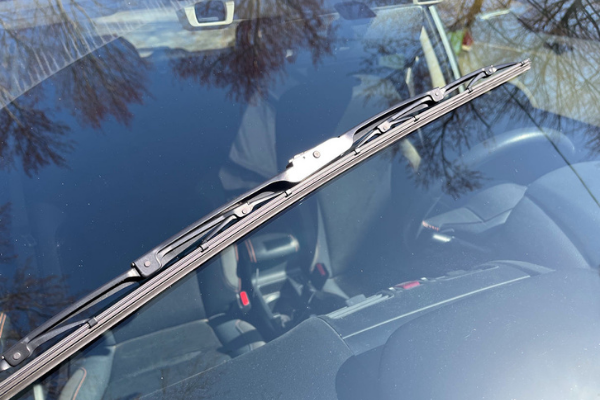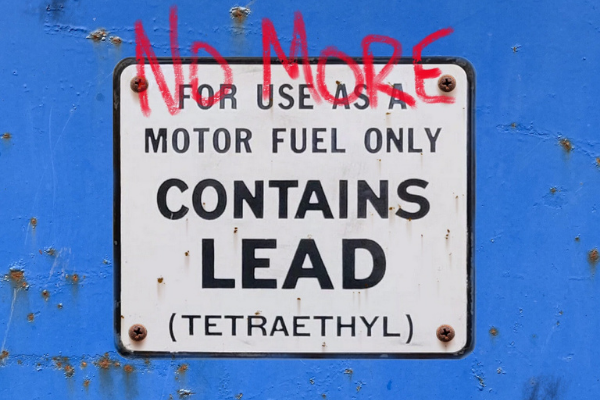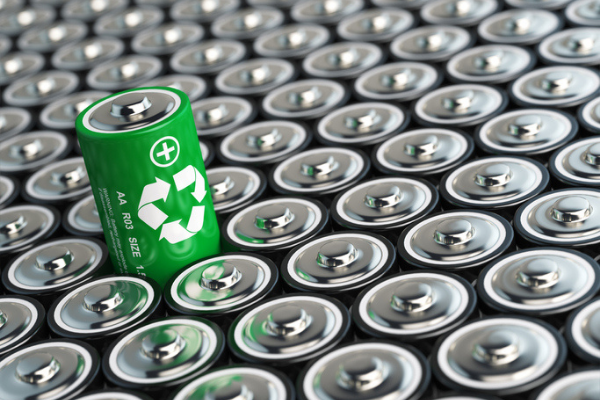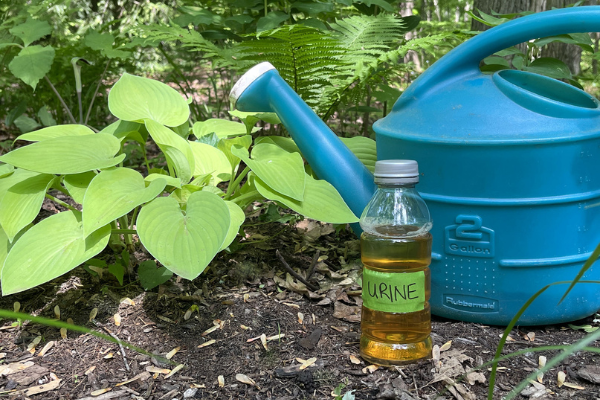
I am standing in an auto parts store on Earth Day. Staring at the windshield wiper display triggered a sense of despair.
I’ve experienced every Earth Day. I remember the excitement of the first Earth Day in 1970. I remember the feel of protest. There was anger. It had been less than a year since the Cuyahoga River fire captured the nation’s attention. Same for the Santa Barbara oil spill. I clearly remember the focus on visible pollution. Concern over pesticides was there too. Joni Mitchell implored farmers to put away DDT, to leave the birds and bees. The ecology flag seemed like it was everywhere. There was a real sense of us versus them—the “them” being polluters, litterers, and those spraying pesticides.
Progress, some clearly a direct result of the outpouring on the first Earth Day, was made. We now have an Environmental Protection Agency in the U.S. We didn’t in 1970. The visible pollution that was a big inspiration for the first Earth Day is largely a thing of the past. Environmental regulations and societal expectations stopped many of the worst offenses.
I was a budding chemist in 1980, still in college. Earth Day was far more subdued. There was a sense of accomplishment. DDT was gone. Banned. Same with lead in gasoline. There was significant legislation passed since the first Earth Day, including the Clean Air Act, the Clean Water Act, and the Marine Protection, Research, and Sanctuaries Act, sometimes called the Ocean Dumping Act. We were driving more efficient vehicles. Things were better and still improving. It seemed like we had the “thems” on the run.
I’m now seeing my 53rd Earth Day. The language and symbolism around Earth Day have changed. I haven’t seen an ecology flag flying in years. Sustainability and circularity were not topics on the first Earth Day. Neither was climate change. Litter was a topic, but not microplastics. On this Earth Day, climate change is a major topic. Visible pollution is no longer the focus. It is the invisible pollution that now captures attention—the greenhouse gases we all emit. We are asked not to drive, not to use single use plastic. This Earth Day is far more about personal behaviors and choices. It is no longer us versus them, it is us versus us.
The underlying motivation remains unchanged: to protect the planet, to be better stewards of its resources. To conserve, not waste. Buying auto parts on Earth Day, I confronted a case that makes little sense to me, a case where a clearly more material efficient, more sustainable choice was taken away from me. It is a case where we did it better on the first Earth Day.
In 1970, I purchased windshield wiper refills. The wiper arms were effectively permanent parts of the car. On Earth Day 2022, there are no refills, only complete arm assemblies available for purchase. It’s so wasteful.
Three times as wasteful is what I determined. The 2022 wiper assembly is 207 g, delivered in a 45 g package. Careful disassembly let me determine that the rubber part, what used to be sold as a refill, weighs only 56 g. An old refill package lurking in my shed weighed only 40 g, and it came with two refills. So, in 1970, replacing a wiper with a refill required only about 76 g of material. That is a difference of 176 g. According to the windshield wiper manufacturer’s sites, blades should be replaced every six months. Following that advice for all U.S. cars would produce more than a million metric tons of unnecessary trash. There is no circularity either. Auto parts stores don’t recycle any part of the wipers. I can’t recycle any of the pieces in my community. While there may be other examples of regression from sustainability of this level, I can’t think of any. Most things, thanks to efforts like Earth Day, have gotten better, not worse.
Wipers serve as a reminder our efforts for circularity and sustainability still can fall short. Our journey is not over. For all the progress made since the first Earth Day, windshield wipers are an example where we’ve regressed. On this Earth Day, the more sustainable wiper choice—what we used to do—is not available. Refills were removed as an option, motivated by something other than sustainability. I checked several manufacturers websites. There is lots of information on when to replace and how to replace, but nothing on sustainability. They must not care. It is up to us, on this Earth Day, to find a way to make them care.

Mark Jones is a frequent speaker at a variety of industry events on industry related topics. He is a long-time supporter of ACS Industry Member Programs providing both written and webinar content, supporting the CTO Summits, and as a former member of Corporation Associates. He currently serves on the ACS Committee on Public Relations and Communications and the Chemical Heritage Landmark Committee. He is a member and former chair of the Chemical Sciences Roundtable, a standing roundtable of the National Academies of Sciences, Engineering, and Medicine. Mark is the author of over a dozen U.S. patents and numerous publications.
The opinions expressed in this article are the author's own and do not necessarily reflect the view of their employer or the American Chemical Society.









